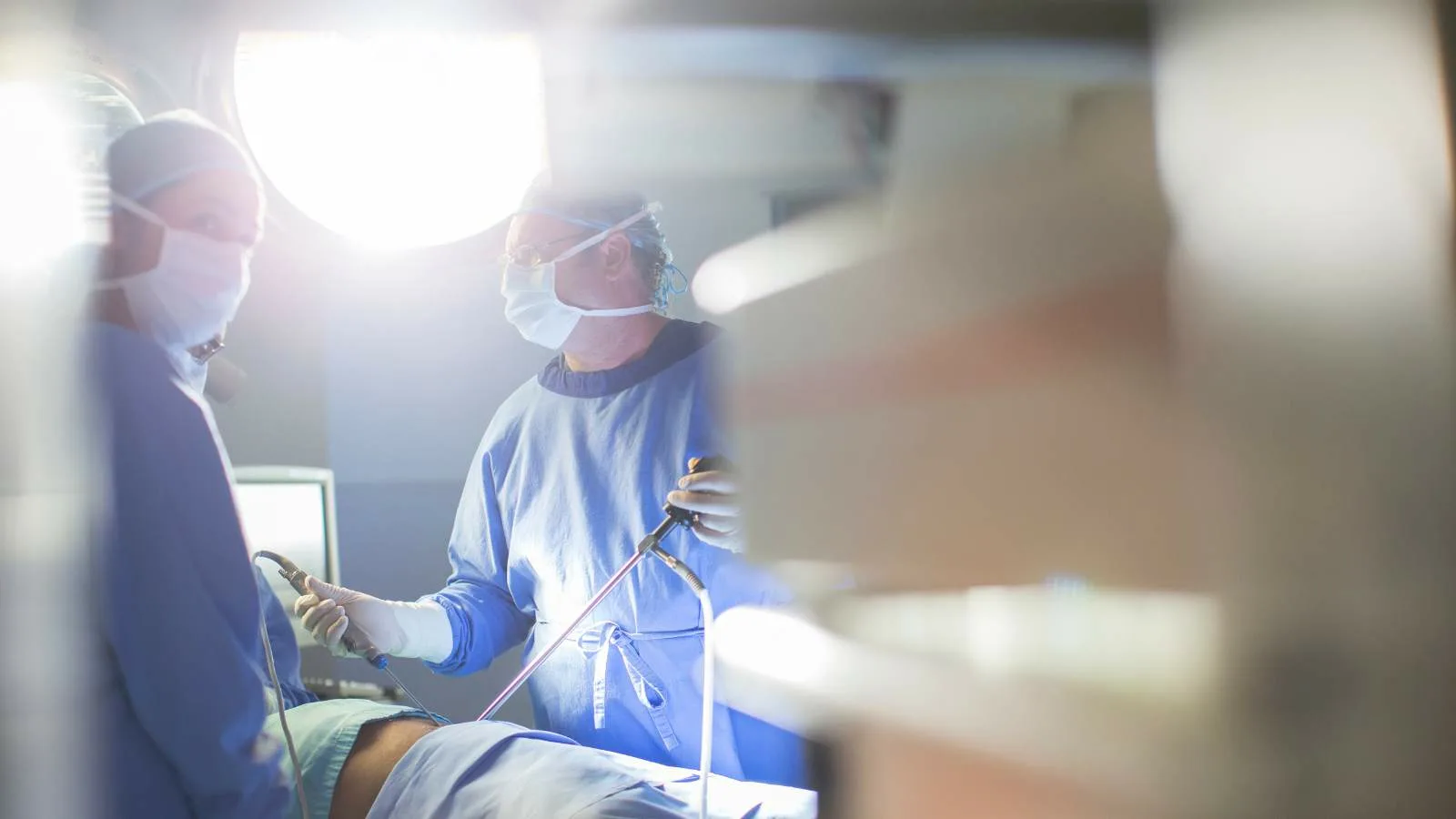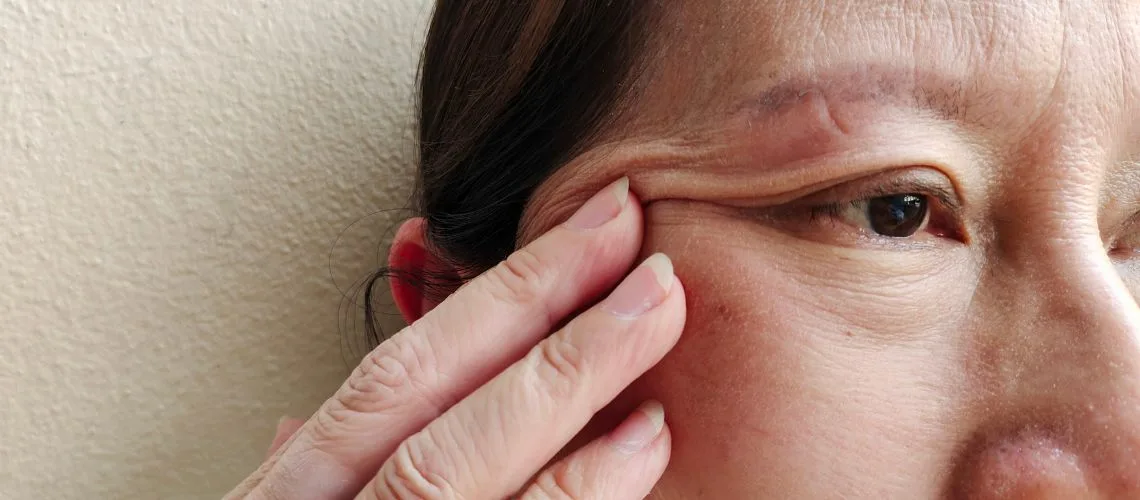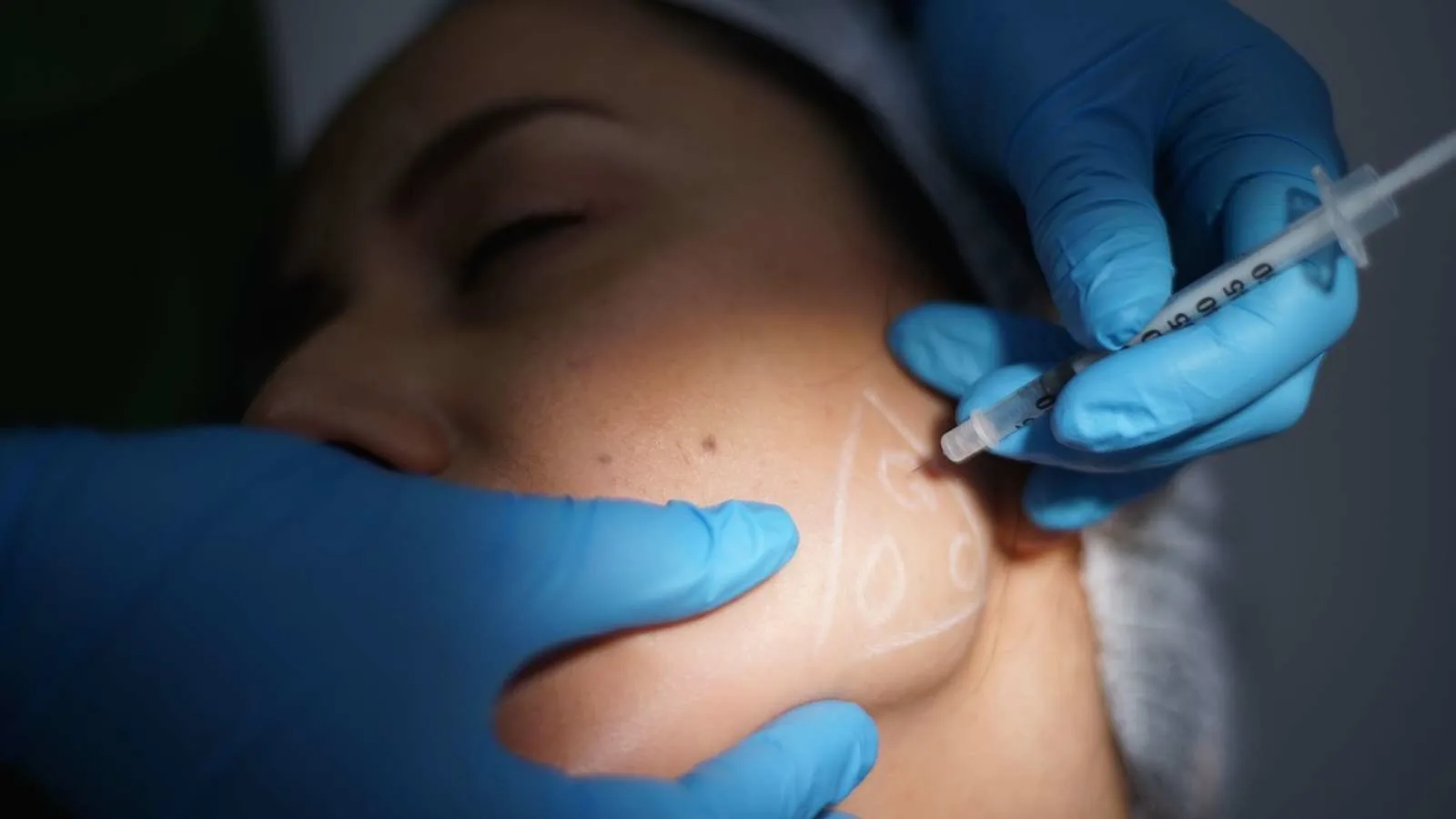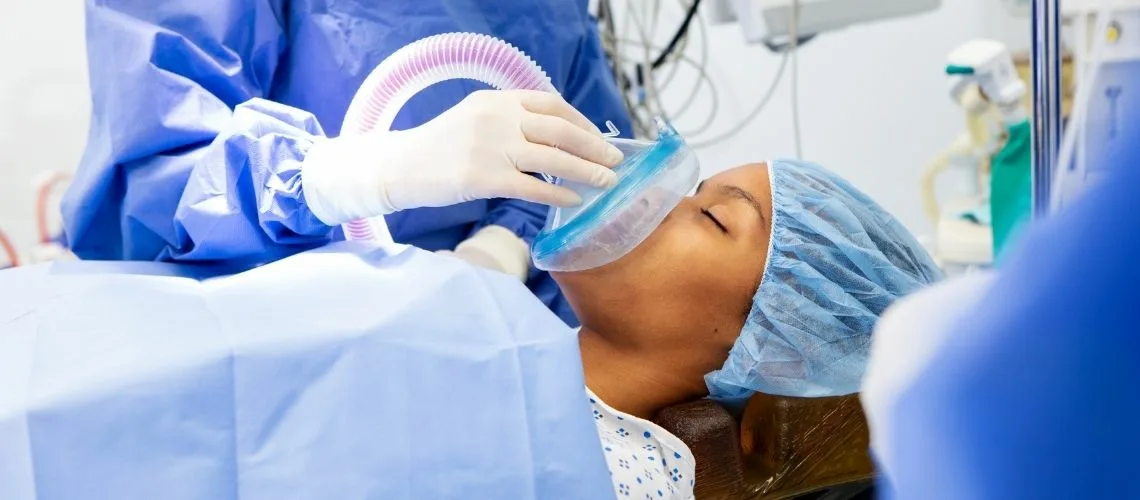SMAS, or Superficial Musculoaponeurotic System, is a layer of connective tissue and muscle beneath the skin that plays a key role in facial structure. It is essential in facial aesthetic surgeries due to its impact on contour and expression.
In facelift procedures, surgeons reposition and tighten the SMAS layer rather than only lifting the skin. This technique ensures more natural, durable, and harmonious rejuvenation compared to superficial skin-only lifts.
SMAS manipulation allows targeted correction of sagging in the cheeks, jawline, and neck. By addressing deeper structures, surgeons achieve longer-lasting results with improved facial balance and youthful appearance.
The importance of SMAS lies in its role as the foundation of modern facial surgery. Advanced SMAS techniques reduce recurrence of sagging and provide results that align with both aesthetic goals and natural facial dynamics.
| What Is SMAS? | A connective tissue layer located in the mid and lower regions of the face, linking muscles and skin. It is key to facial expressions. |
| SMAS Function | Supports skin, facilitates facial movement, and plays a central role in maintaining a youthful, firm facial appearance. |
| Relationship with Aging | Over time, SMAS weakens under gravity, causing facial sagging and more pronounced signs of aging. |
| SMAS Surgery (Facelift) | In facelift operations, SMAS is tightened or repositioned to correct sagging. This method provides more natural, longer-lasting results. |
| Advantages | – Produces long-term results – Preserves natural facial expressions – Helps achieve a more youthful look |
| Surgical Process | Performed under general anesthesia. The SMAS layer is reshaped or tightened. Recovery usually takes 2-4 weeks. |
| Risks and Complications | Nerve damage, infection, asymmetry, prolonged swelling or bruising. These risks can be minimized by an experienced surgeon. |
| Alternative Methods | – Fillers and Botox: Provide temporary, minimally invasive solutions – Laser and Radiofrequency: Aimed at skin tightening |
How Does SMAS Affect Facial Aging?
Aging leads to notable changes in deeper facial structures, with SMAS playing a central role. By supporting the skin and shaping facial contours, SMAS helps preserve a youthful appearance. Over time, however, SMAS undergoes thinning and a loss of elasticity, weakening its support capacity and leading to noticeable sagging—particularly around the nasolabial folds, jawline, and midface. This decline in collagen and elastin accelerates the formation of wrinkles and slack skin. Additionally, the displacement of facial fat compartments, often migrating downward, contributes to the face’s aged look.
Why Does Aesthetic Surgery Target the SMAS?
Aging-related structural shifts in SMAS make it a crucial target in facial rejuvenation. Simple skin-tightening procedures can’t deliver the same long-lasting or natural-looking results as techniques that focus on repositioning or tightening SMAS. By reinforcing deeper tissues, SMAS manipulation addresses sagging and refines facial contours, particularly around the midface, jawline, and neck. Approaches such as SMAS plication, SMASectomy, or deep-plane facelifts are tailored to the patient’s anatomy and can significantly minimize the over-pulled look, helping maintain a more natural expression.
Different SMAS Facelift Techniques
Various techniques rely on SMAS manipulation to produce effective, long-lasting outcomes in facial rejuvenation. SMAS plication involves folding and tightening the layer; while it’s a relatively quicker approach, its long-term impact might be limited, and it generally requires more extensive dissection. SMASectomy and SMAS imbrication are particularly common for midface rejuvenation. They remove or overlap parts of the SMAS layer to tighten it, though SMAS imbrication may carry a heightened risk of hematoma.
The SMAS flap technique releases and repositions the layer, effectively correcting sagging with less risk of skin necrosis. High-SMAS lifts can enhance the midface and nasolabial folds for a younger, fuller appearance. Finally, deep-plane and composite facelifts offer more comprehensive and enduring results. These advanced techniques demand extensive anatomical expertise due to their proximity to facial nerves.
Potential Risks and Complications of SMAS Facelifts
While SMAS facelifts are considered safe when performed by skilled surgeons, they still carry risks. Anesthesia reactions can occur, and intraoperative or postoperative bleeding may form hematomas that occasionally require surgical intervention. Infection, though rare, can lengthen recovery and increase scar visibility. Accidental injury to facial nerve branches could result in temporary or permanent muscle weakness, and compromised blood flow may cause skin necrosis, necessitating further treatment.
Unwanted scars—such as hypertrophic or keloid scars—may develop around incisions. Minor or major hair loss near the temples or behind the ears can occur, either temporarily or permanently. In some cases, fluid accumulations (seromas) and changes in skin sensitivity appear. Smoking and inadequate care negatively affect healing. Aesthetic dissatisfaction (e.g., asymmetry) may require revision surgery. Though rare, blood clots (DVT) can form in the legs and migrate to the lungs, leading to pulmonary embolism.
How Long Do SMAS Facelift Results Last?
SMAS facelifts generally provide natural-looking, long-term rejuvenation. Studies indicate that results can remain visible for eight to twelve years. However, individual factors—including skin quality, genetics, and lifestyle choices—will influence how enduring these results are. For patients with good skin elasticity, the benefits remain more noticeable over time. Though aging continues, the structural support offered by repositioned SMAS delays sagging recurrence.
Unhealthy habits such as smoking, excessive sun exposure, and sudden weight changes can diminish the facelift’s longevity. Therefore, maintaining a healthy lifestyle, including proper skincare and sun protection, helps preserve the surgical outcome.
A surgeon’s expertise and chosen technique also impact the durability of results. Proper SMAS manipulation is integral for long-term facial rejuvenation. Compared to less invasive treatments (e.g., thread lifts, which often last one to two years), SMAS facelifts can maintain favorable results for up to a decade.
Frequently Asked Questions
Why is the SMAS (superficial musculoaponeurotic system) important in facial aesthetics?
The SMAS is a structure that supports the muscles and connective tissues of the face. When not only the skin but also this deeper layer is tightened, a longer-lasting, more natural, and youthful appearance is achieved. This makes it very important in aesthetic surgery.
What issues can a facelift with the SMAS technique correct?
A SMAS facelift can correct sagging cheeks, looseness along the jawline, and excess skin in the neck. This restores facial contours and brings back the youthful triangle of the face.
Which age group is most suitable for a SMAS surgery?
It is generally recommended for individuals aged 40 and above with noticeable facial and neck sagging. However, it can also be used at younger ages for sagging caused by genetics or rapid weight loss.
What is the recovery process like after a SMAS surgery?
Swelling and bruising in the first few days are normal. Most patients return to their daily routine within 2-3 weeks, while complete healing may take several months.
What advantages does the SMAS technique have over a traditional facelift?
In a traditional facelift, only the skin is tightened, whereas in the SMAS technique the muscles and connective tissues are also lifted. This provides more natural results and much longer-lasting effects.
Where are the scars located after a SMAS facelift?
Incisions are usually hidden in front of and behind the ears and within the hairline. Over time, they blend with natural skin lines and become barely noticeable.
How long do the results of a SMAS surgery last?
Results typically last about 10-12 years, depending on the individual. Although the aging process continues, the face maintains a younger and fresher appearance for many years.
Who is not suitable for a SMAS facelift?
It may not be suitable for people with serious health problems that prevent general anesthesia, those with blood clotting disorders, or those who continue to smoke. Suitability must always be evaluated by a specialist.
Can other aesthetic procedures be combined with a SMAS facelift?
Yes, eyelid surgery, fat injections, or skin rejuvenation treatments can be combined with a SMAS facelift. This provides a more comprehensive rejuvenation of both the face and the neck.
How soon can patients return to social life after SMAS surgery?
Most patients return to their daily activities within 2 weeks. However, for intense social activities or being in front of a camera, waiting 3-4 weeks ensures safer recovery.
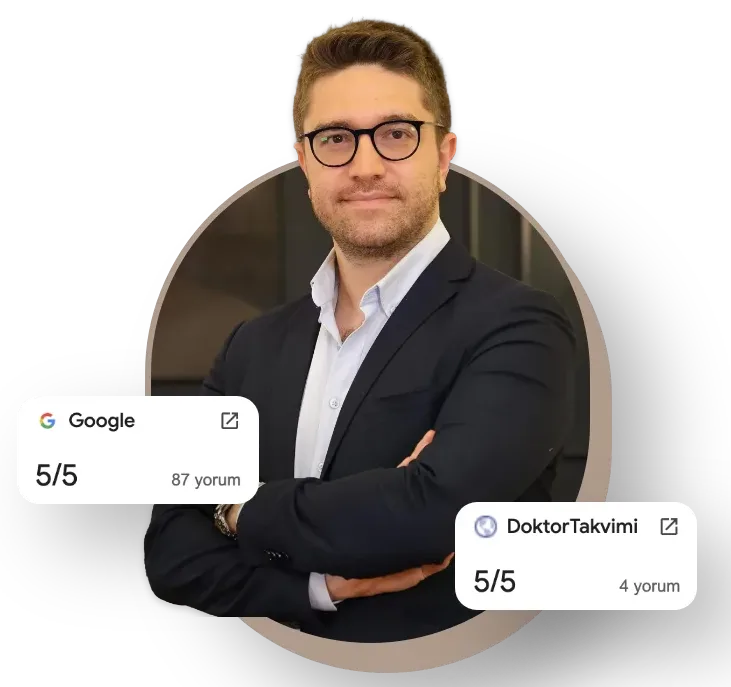
Op. Dr. Erman Ak is an internationally experienced specialist known for facial, breast, and body contouring surgeries in the field of aesthetic surgery. With his natural result–oriented surgical philosophy, modern techniques, and artistic vision, he is among the leading names in aesthetic surgery in Türkiye. A graduate of Hacettepe University Faculty of Medicine, Dr. Ak completed his residency at the Istanbul University Çapa Faculty of Medicine, Department of Plastic, Reconstructive and Aesthetic Surgery.
During his training, he received advanced microsurgery education from Prof. Dr. Fu Chan Wei at the Taiwan Chang Gung Memorial Hospital and was awarded the European Aesthetic Plastic Surgery Qualification by the European Board of Plastic Surgery (EBOPRAS). He also conducted advanced studies on facial and breast aesthetics as an ISAPS fellow at the Villa Bella Clinic (Italy) with Prof. Dr. Giovanni and Chiara Botti.
Op. Dr. Erman Ak approaches aesthetic surgery as a personalized art, tailoring each patient’s treatment according to facial proportions, skin structure, and natural aesthetic harmony. His expertise includes deep-plane face and neck lift, lip lift, buccal fat removal (bichectomy), breast augmentation and lifting, abdominoplasty, liposuction, BBL, and mommy makeover. He currently provides safe, natural, and holistic aesthetic treatments using modern techniques in his private clinic in Istanbul.


